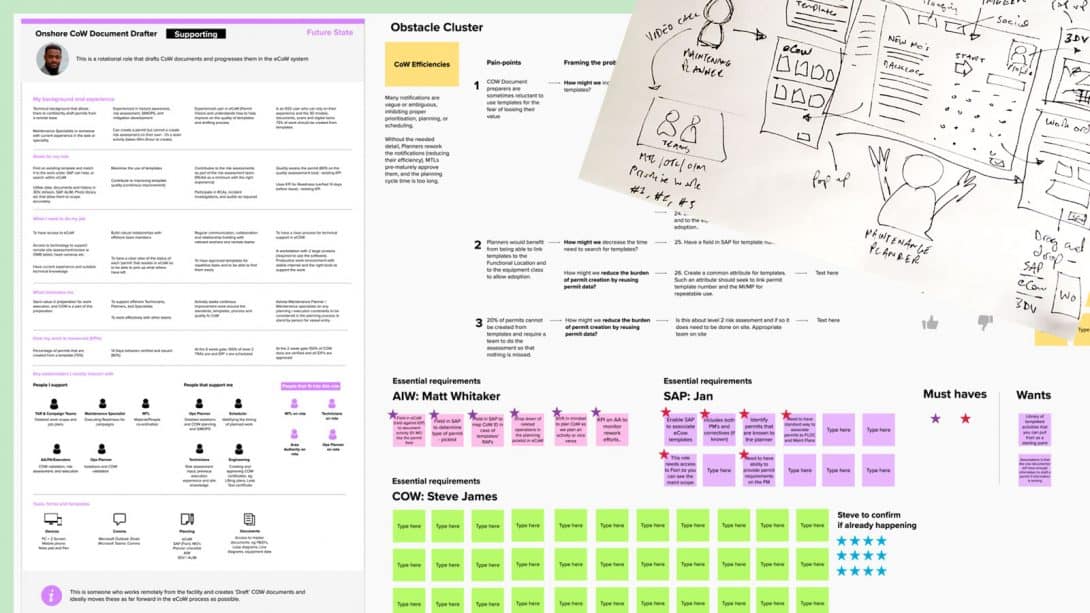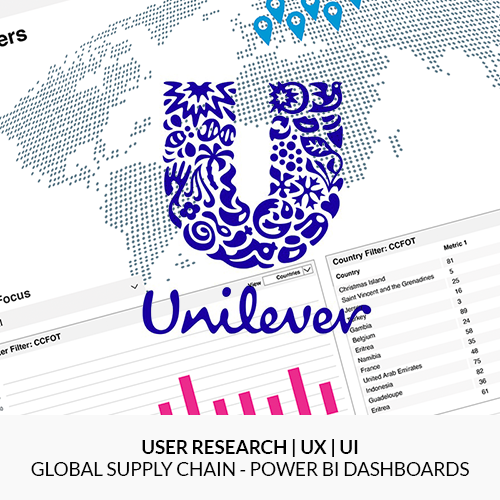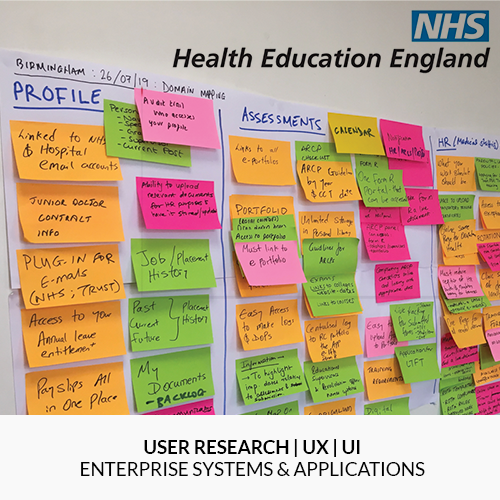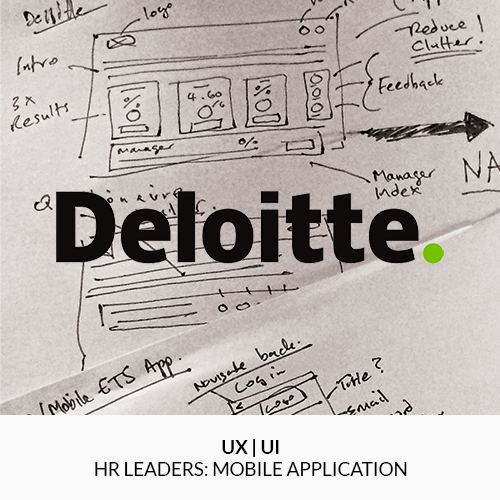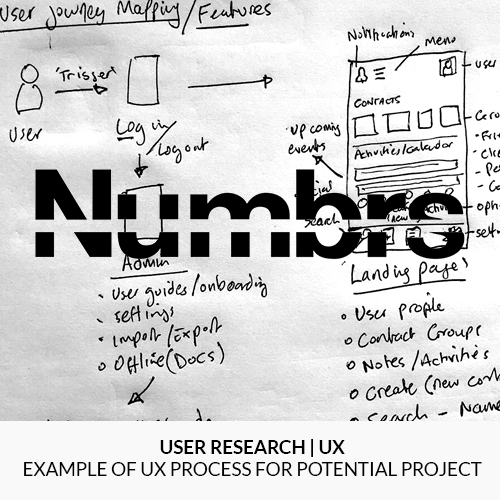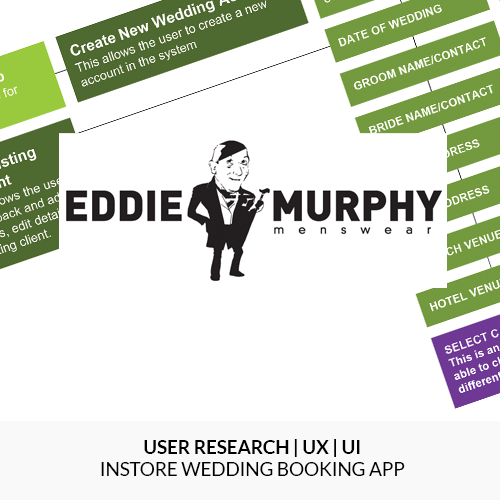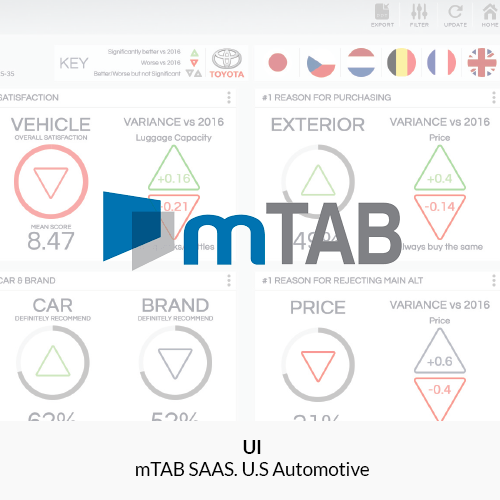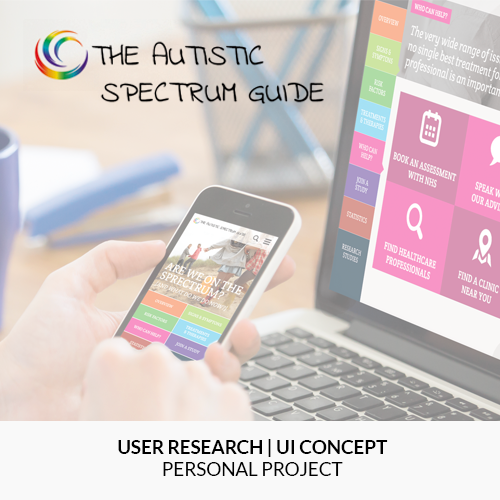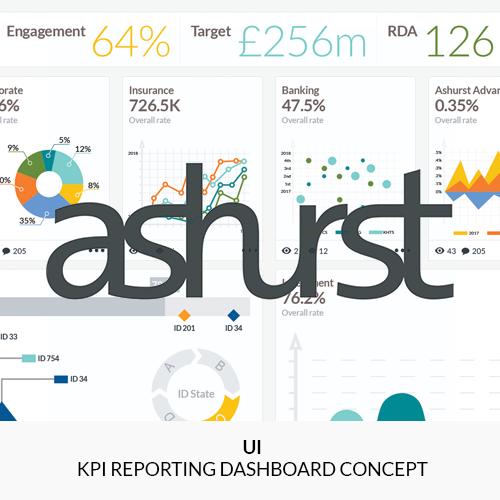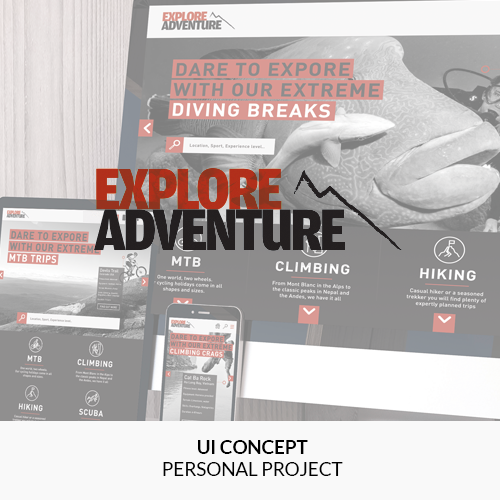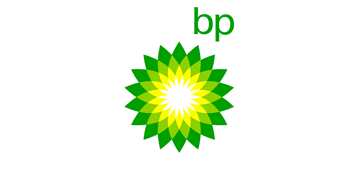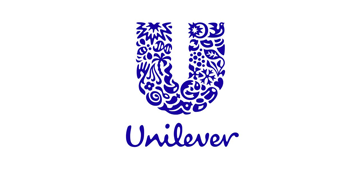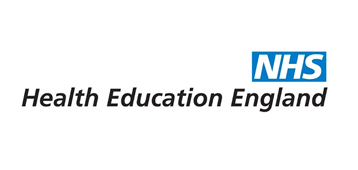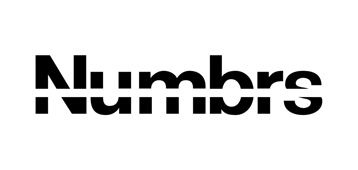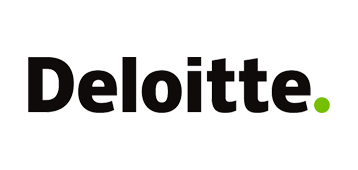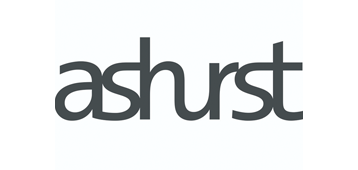BP
Remote Work Preparation: Offshore Planners working onshore (COVID 19)
VALUE40-60% Increase in planning activities
12%+ Increase in offshore technician’s spanner time
Carbon footprint positively reduced
OUTCOMES • 8 key obstacles identified through user research and analysis, which will enable planners to work efficiently both onshore and offshore
• Recommendations for next steps provided to key stakeholders, opportunities identified in Service Design blueprint
• 4 Defined personas created through remote user research for BP to use as the basis for investment and decisions for planners and their needs
HOW I HELPED
Discovery and analysis, user research, UX and service design
Discovery
Building on existing research, we created multiple Mural boards to remotely validate insights and observations with BP stakeholders across the different regions, also conducting desk research and working through BP documentation to have a clear understanding of processes and activities for the different types of planners both onshore and offshore.
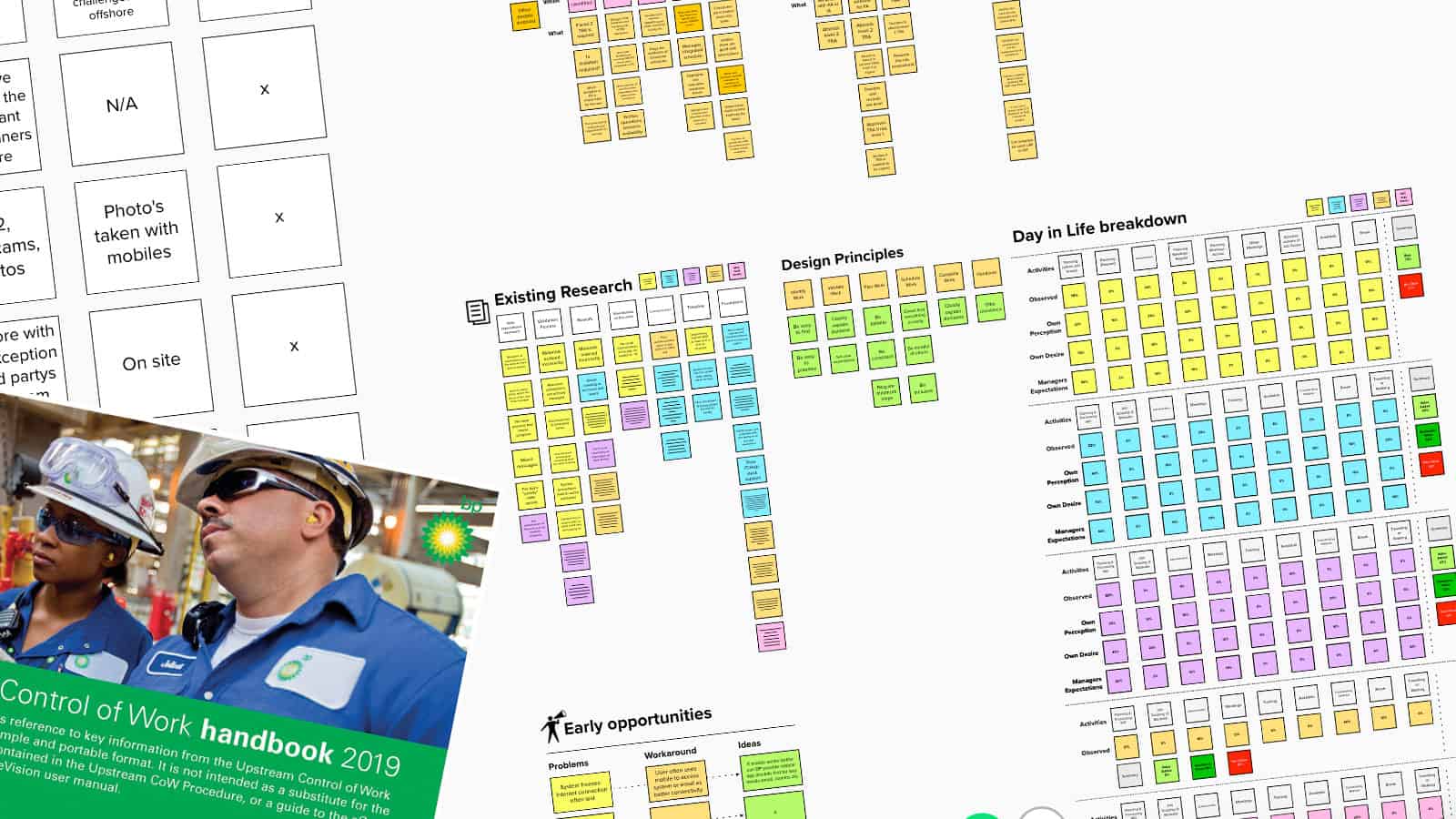
User Research
I conducted over 25 interviews across 4 continents using Microsoft Teams to try to identify any differences in goals, needs, gaps, pain-points, and opportunities for the different types of planners working both onshore and offshore. We created a mural board that we could use to collaborate with stakeholders, SME‘s and product owners, to help define the current and future persona(s), and to also conduct user journey mapping exercises to ensure we were clear on what would provide value for the Service Design Blueprint
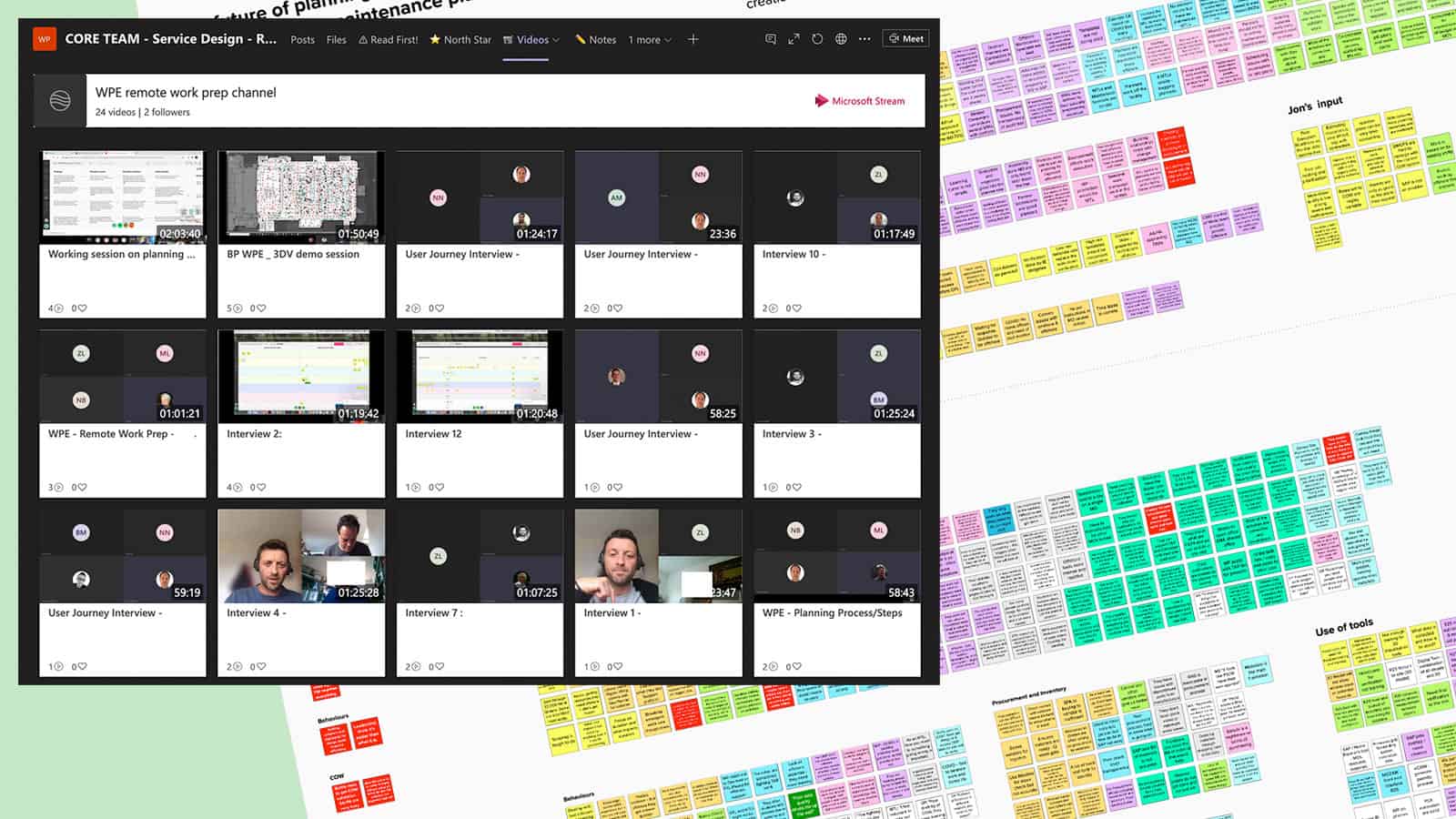
Defining the future persona(s)
Focusing on the future, with COVID driving the change in working remotely, we conducted co-creation workshops in Mural with stakeholders and SME’s using the user research collected, as well as empathy mapping their future behaviors, goals, needs, and motivations. This provides BP with a reference point for business decisions for each role in the future. Any decision should positively align with the needs and goals of each defined persona.
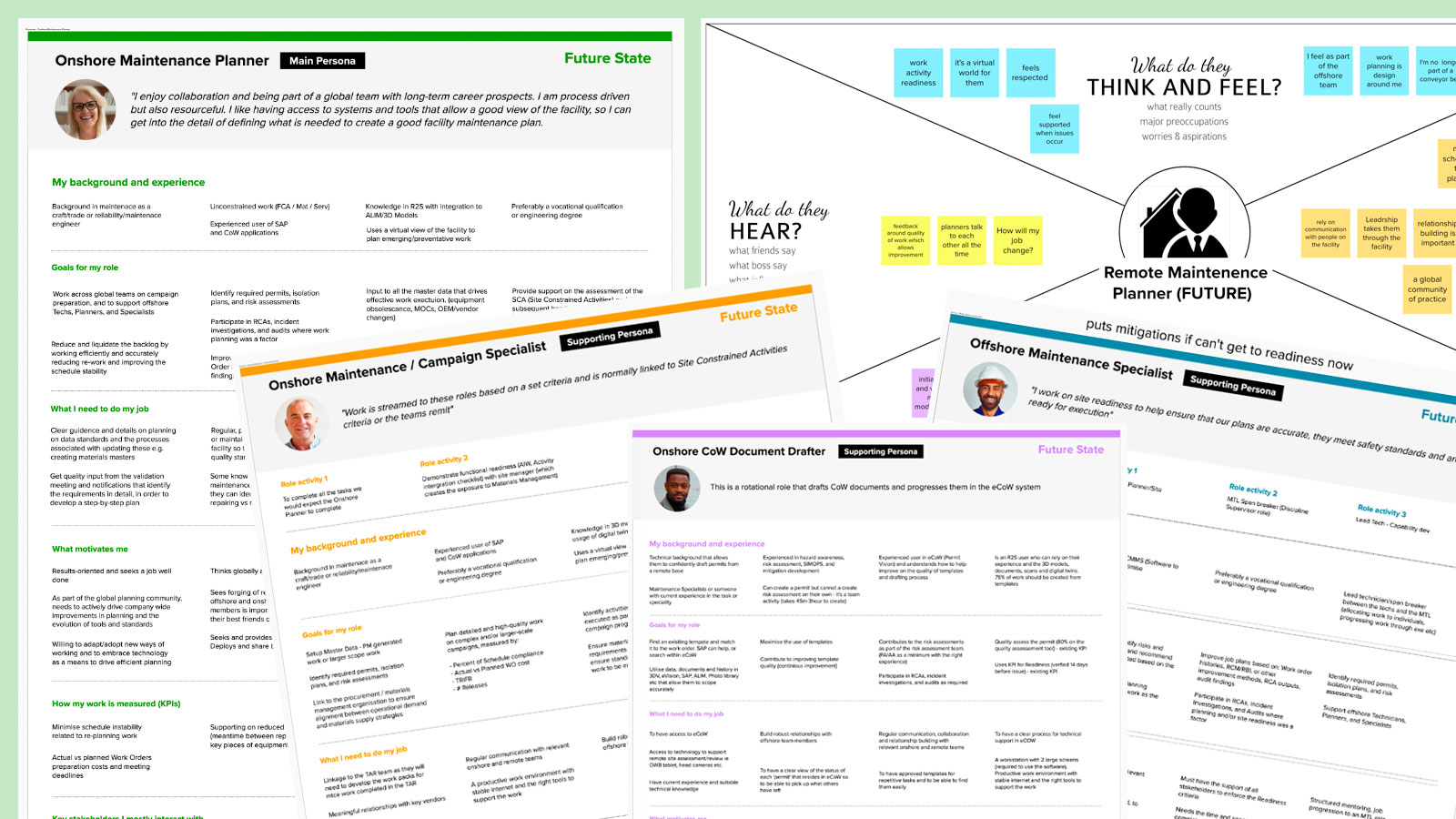
Service Design
We used the method of Service Design to help BP understand not only the future ways of working but an AS IS, How do people, processes, tools, data, gaps, pain-points, and frustrations currently fit into the business model. With a view of the FUTURE and what would need to change in order for the future personas to be successful. These are identified as ‘opportunities’ in the blueprint and give valuable insight into what BP can potentially action.

Ideation
Based on our research findings and the service design blueprint we were able to make solid recommendations for what BP could potentially do next. I plotted these out into an ideas matrix to help stakeholders and business senior management understand the value, cost, and benefit of each recommendation for both BP and the ‘Users (Planners)’.
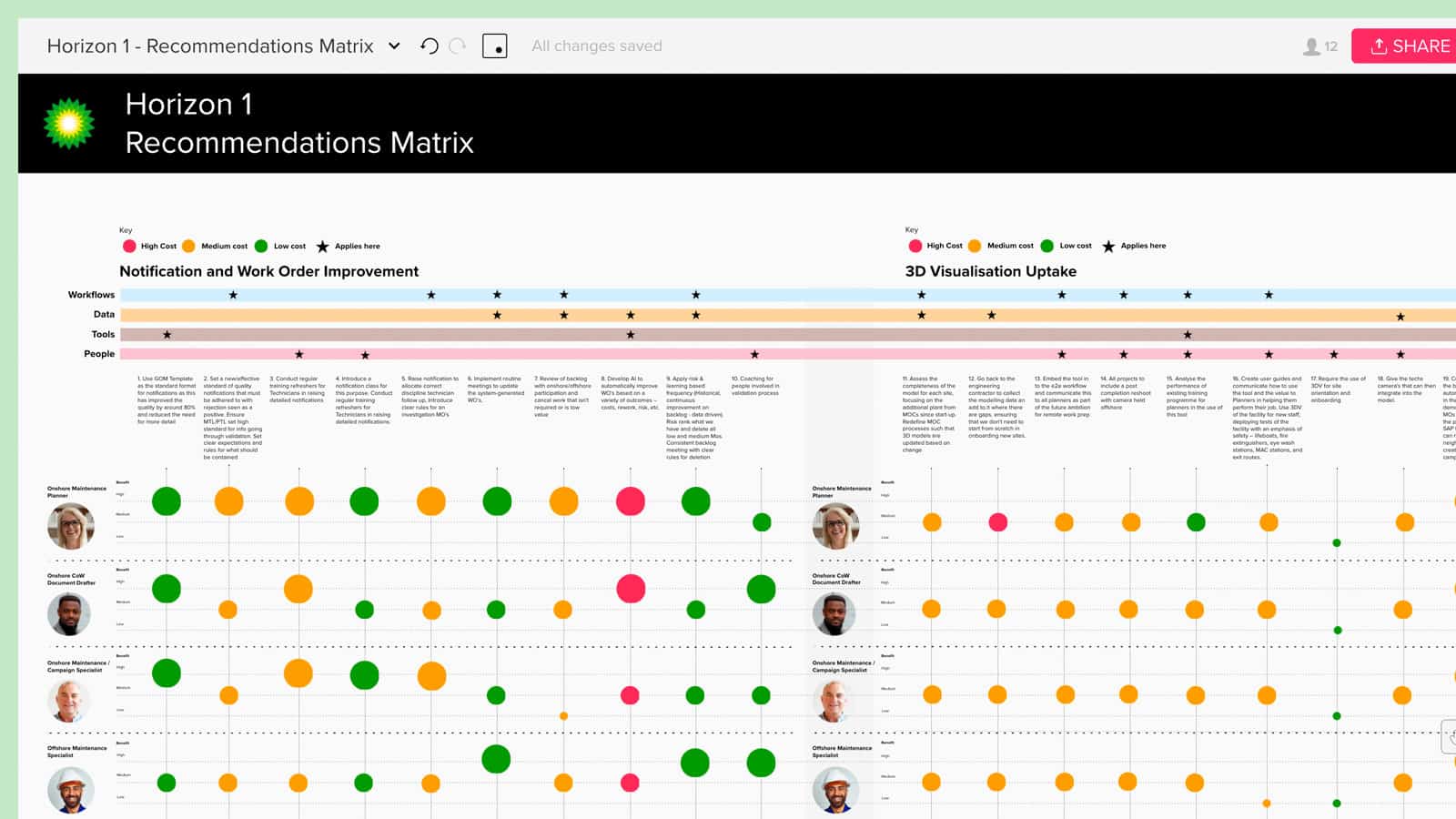
Ideate workshops with SME’s and Stakeholders. How can we think out of the box, what could we do differently?
